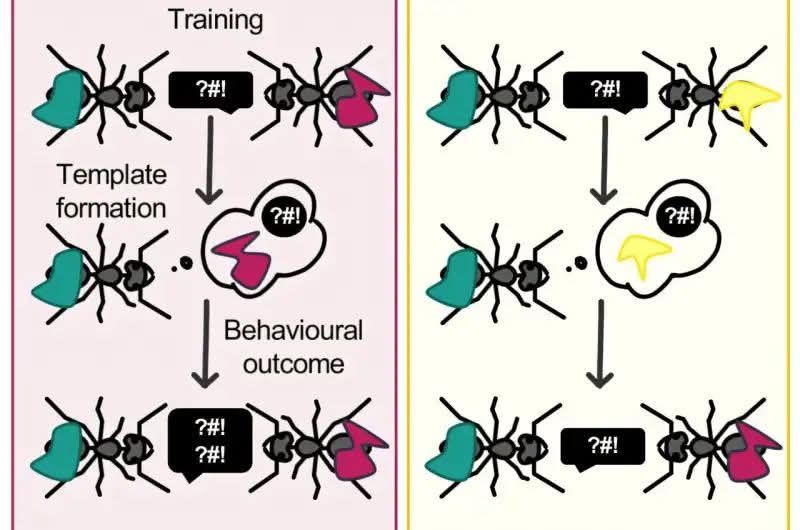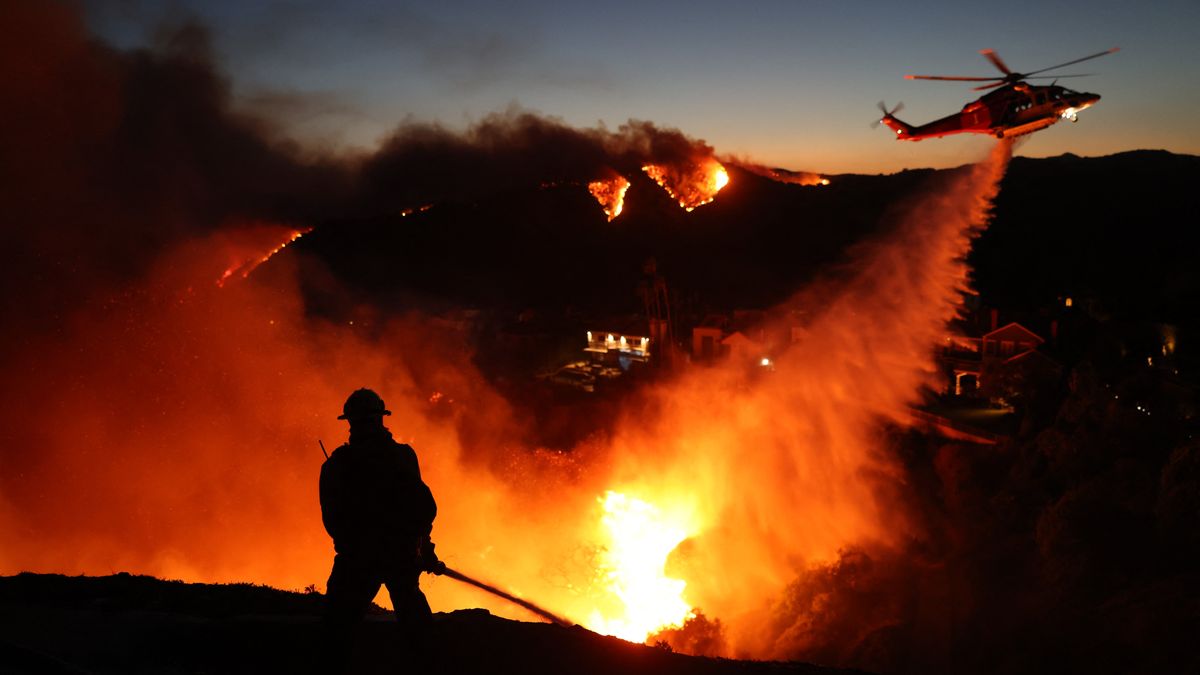The remains of at least 37 people unearthed from the Early Bronze Age site of Charterhouse Warren in England have revealed the darker side of human prehistory.
Recent analysis suggests the individuals were killed, butchered, and probably partly eaten before being thrown down a 15m-deep shaft.
This is the largest-scale example of interpersonal violence from British prehistory, and which archaeologists have concluded was likely carried out to dehumanise the victims.
The more than 3,000 human bones and bone fragments were radiocarbon dated to between 2,210 and 2,010 years before 1950, when direct evidence of violent conflicts such as this are rare.
“We actually find more evidence for injuries to skeletons dating to the Neolithic period in Britain than the Early Bronze Age, so Charterhouse Warren stands out as something very unusual,” says Rick Schulting from the University of Oxford, UK, who led the research.
“It paints a considerably darker picture of the period than many would have expected.”
The remains were initially unearthed in the 1970s. They represent a mix of men, women, and children, suggesting the group may represent a community.
Recent analysis revealed the skulls display evidence of violent deaths from blunt force trauma. Numerous cutmarks and perimortem fractures (made around the time of death) were also found on the bones, suggesting that they were intentionally dismembered, “defleshed”, and may have been partly consumed.
Cattle bones found mixed in with the human ones suggest the people at Charterhouse Warren had plenty to eat without needing to resort to cannibalism.
The researchers say that the factors contributing to such violence remain unclear.
Resource competition and climate change don’t seem to have exacerbated conflict in Britain during this Bronze Age period and there is no genetic evidence to suggest communities with different ancestries coexisted to drive ethnic conflict.
“The event may have been part of a spiralling cycle of revenge arising from social and political pressures within or between Early Bronze Age communities,” they write in an article detailing the findings, which has been published in the journal Antiquity.
“At this stage, our investigation has raised as many questions as it has answered.”
Schulting says that Charterhouse Warren is one of the rare archaeological sites that challenges the way we think about the past.
“It is a stark reminder that people in prehistory could match more recent atrocities and shines a light on a dark side of human behaviour,” he says.
“That it is unlikely to have been a one-off event makes it even more important that its story is told.”








Leave a Comment